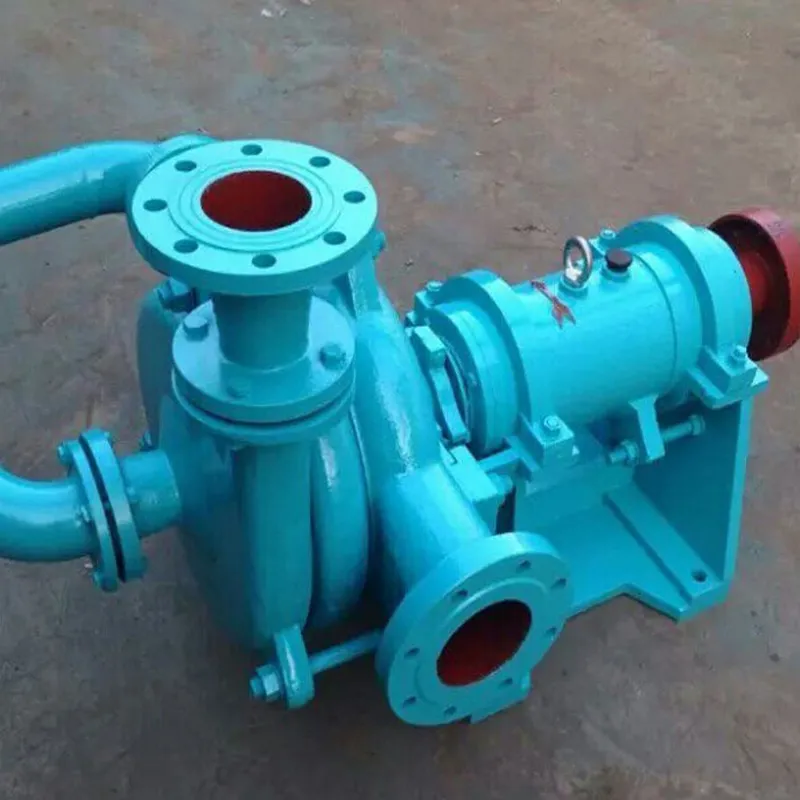Kurdish
- Afrikaans
- Albanian
- Amharic
- Arabic
- Armenian
- Azerbaijani
- Basque
- Belarusian
- Bengali
- Bosnian
- Bulgarian
- Catalan
- Cebuano
- Corsican
- Croatian
- Czech
- Danish
- Dutch
- English
- Esperanto
- Estonian
- Finnish
- French
- Frisian
- Galician
- Georgian
- German
- Greek
- Gujarati
- Haitian Creole
- hausa
- hawaiian
- Hebrew
- Hindi
- Miao
- Hungarian
- Icelandic
- igbo
- Indonesian
- irish
- Italian
- Japanese
- Javanese
- Kannada
- kazakh
- Khmer
- Rwandese
- Korean
- Kurdish
- Kyrgyz
- Lao
- Latin
- Latvian
- Lithuanian
- Luxembourgish
- Macedonian
- Malgashi
- Malay
- Malayalam
- Maltese
- Maori
- Marathi
- Mongolian
- Myanmar
- Nepali
- Norwegian
- Norwegian
- Occitan
- Pashto
- Persian
- Polish
- Portuguese
- Punjabi
- Romanian
- Russian
- Samoan
- Scottish Gaelic
- Serbian
- Sesotho
- Shona
- Sindhi
- Sinhala
- Slovak
- Slovenian
- Somali
- Spanish
- Sundanese
- Swahili
- Swedish
- Tagalog
- Tajik
- Tamil
- Tatar
- Telugu
- Thai
- Turkish
- Turkmen
- Ukrainian
- Urdu
- Uighur
- Uzbek
- Vietnamese
- Welsh
- Bantu
- Yiddish
- Yoruba
- Zulu
Telephone: +86 13120555503
Email: frank@cypump.com
کانونی یەکەم . 07, 2024 12:20 Back to list
slurry pump volute liner details
Understanding Slurry Pump Volute Liners An In-Depth Overview
In the world of industrial pumping, slurry pumps play a crucial role in the transport of abrasive and viscous materials. They are commonly utilized in mining, mineral processing, and wastewater treatment, where fluids contain solid particles. A significant component of these slurry pumps is the volute liner, which ensures efficient operation and prolonged service life. This article explores the key features and importance of slurry pump volute liners, along with their design and maintenance considerations.
What is a Volute Liner?
A volute liner is an essential part of a slurry pump's casing. It is designed to convert the kinetic energy generated by the impeller into pressure energy, which helps move the slurry through the system. The volute design assists in containing the flow of the slurry and directing it effectively toward the discharge point. Made from highly durable materials to withstand wear and corrosion, volute liners are integral to the performance and longevity of slurry pumps.
Material Selection
Choosing the right material for a volute liner is critical, as it significantly impacts the pump's efficiency and lifespan. Common materials include
1. High Chrome Alloys These are known for their excellent wear resistance and corrosion protection, making them suitable for abrasive slurries. 2. Rubber Liners While not as durable as metal options, rubber liners offer flexibility and resistance to corrosion, making them ideal for less abrasive materials. 3. Ceramic Coatings In situations where extreme wear is expected, ceramic linings may be used, offering exceptional hardness and durability.
The selection of material depends on the type of slurry being pumped, the operating environment, and specific application requirements.
Design Considerations
The design of the volute liner influences the overall efficiency and performance of the slurry pump. An efficiently designed volute should provide
- Smooth Flow Path Reducing turbulence and ensuring a steady flow helps to enhance the pump's performance and reduces energy costs
.slurry pump volute liner details

- Optimal Geometry The volute's cross-section should be designed to match the impeller's discharge, creating a smooth transition from the impeller to the discharge port.
- Adequate Wear Resistance The liner must withstand the erosive nature of slurries. Thicker liners or specially treated surfaces can significantly improve lifespan.
- Ease of Replacement Given that wear is inevitable, liners should be designed for easy removal and replacement to minimize downtime during maintenance tasks.
Maintenance and Care
Regular maintenance is essential for ensuring the volute liner's effectiveness. Here are some key maintenance tips
1. Inspection Frequent checks for wear and tear can help identify issues before they escalate. Operators should look for signs of erosion, cracks, or other damage.
2. Cleaning Keeping the pump and liner free from debris and buildup allows for better flow and reduces the risk of clogs or blockages.
3. Condition monitoring Utilizing sensor technology can help in monitoring the wear of the liner, allowing for predictive maintenance schedules.
4. Replacement Planning Establishing a timeline for liner replacement based on historical performance data can prevent unexpected breakdowns.
Conclusion
In conclusion, the volute liner is a critical component of slurry pumps, influencing both efficiency and longevity. By selecting appropriate materials, adhering to optimal design principles, and implementing a robust maintenance strategy, operators can ensure that their slurry pumps perform effectively over time. As industries continue to rely on the transportation of challenging materials, the importance of understanding and maintaining slurry pump volute liners cannot be overstated. Investing in quality liners and diligent maintenance practices will ultimately lead to enhanced productivity and reduced operational costs, highlighting the significant role these components play in modern industrial processes.
-
ISG Series Pipeline Pump - Chi Yuan Pumps | Energy Efficiency&Compact Design
NewsAug.03,2025
-
ISG Series Vertical Pipeline Pump - Chi Yuan Pumps Co., LTD.|High Efficiency, Low Noise, Durable
NewsAug.02,2025
-
ISG Series Vertical Pipeline Pump - Chi Yuan Pumps | High Efficiency, Low Noise
NewsAug.02,2025
-
ISG Series Vertical Pipeline Pump- Chi Yuan Pumps Co., LTD.|High Efficiency&Compact Design
NewsAug.02,2025
-
Heavy-Duty Mining Sludge Pumps - Wear-Resistant Slurry Handling
NewsAug.02,2025
-
Horizontal Split Case Pump with GPT-4 Turbo | High Efficiency
NewsAug.01,2025










